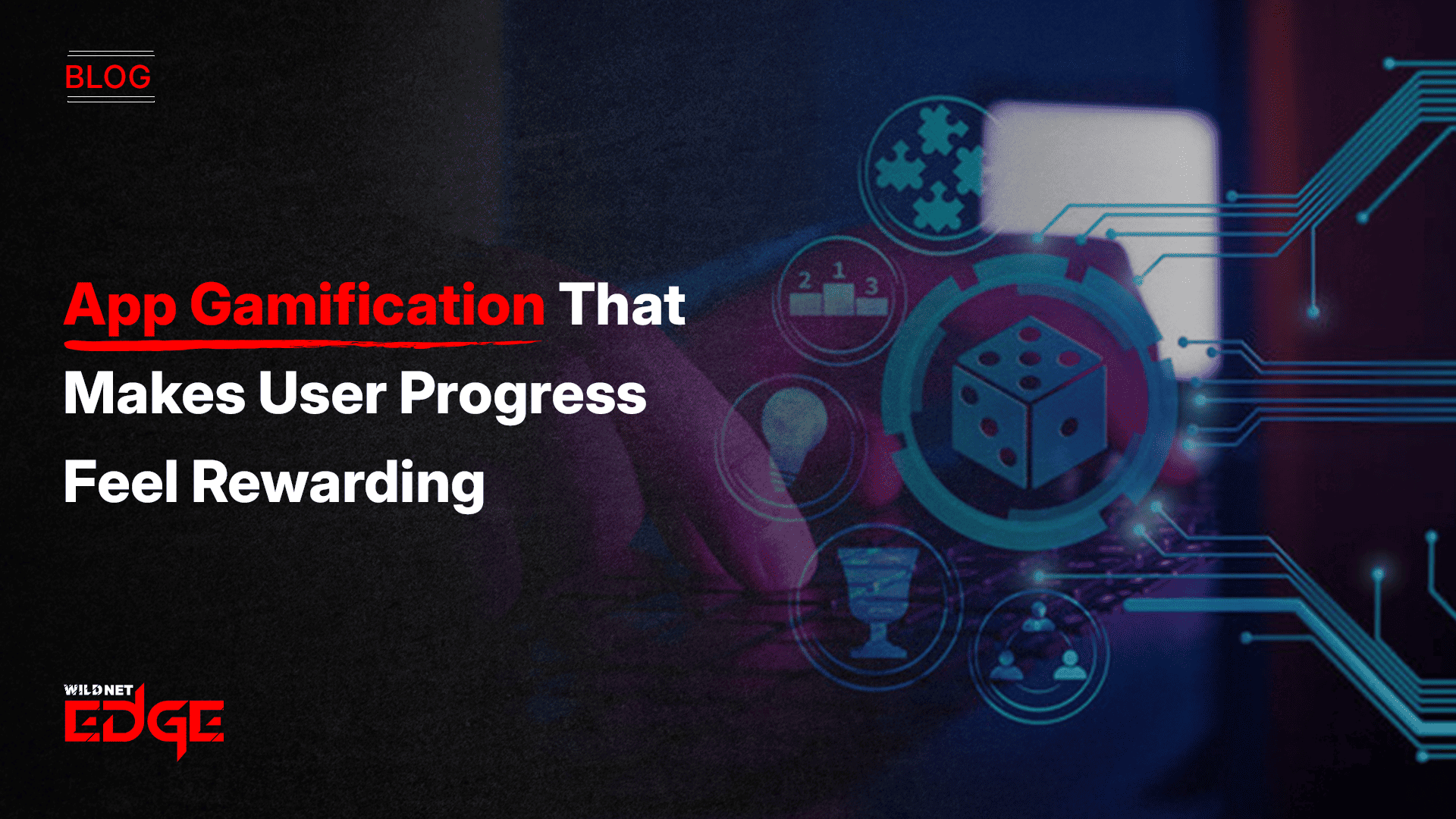TL;DR
The traditional software development life cycle (SDLC) is built on linear, human-led stages. But with the rise of AI software development, this outdated model is rapidly being replaced. AI automates coding, testing, deployment, and even decision-making, creating a new, continuous, adaptive development paradigm. The future of software is AI-native, faster, smarter, and driven by intelligent agents that work alongside humans to build and evolve software in real-time.
The way we build software is changing, and fast.
If you’ve ever asked, “What is the software development life cycle (SDLC)?”, the answer used to be simple: a series of structured phases, requirements, design, development, testing, deployment, maintenance. Neat. Linear. Predictable.
But that predictability is exactly why it’s being disrupted.
AI software development doesn’t just tweak the traditional SDLC. It upends it. What we’re seeing is not a new methodology within the cycle; it’s a transformation of the cycle itself.
Let’s break down why the traditional SDLC is no longer enough, how AI is changing the rules, and what’s coming next.
What Is the Software Development Life Cycle, Really?
At its core, the software development life cycle is a framework that guides the planning, creation, testing, and deployment of software.
Traditional SDLC models include:
- Waterfall – a linear, step-by-step approach
- Agile – iterative, collaborative, and adaptive
- DevOps – combines development and operations for continuous delivery
Each model has its strengths. But they all assume one thing: humans are at the center of every decision, task, and iteration.
In the age of AI software development, that’s no longer true.
What Is the Traditional Software Development Life Cycle?
The software development life cycle refers to a structured process used to develop software applications from idea to deployment and maintenance. Common SDLC models include:
- Waterfall – a linear, phase-by-phase approach
- Agile – an iterative, flexible model focused on continuous delivery
- Spiral, V-Model, and DevOps-based models – hybrid variations depending on risk, validation, or automation focus
All these models typically follow similar SDLC phases:
- Requirement Gathering
- Design
- Development
- Testing
- Deployment
- Maintenance
In some industries, especially finance or healthcare, secure software development life cycle phases are vital, incorporating compliance and risk mitigation at each step.
But here’s the catch: traditional SDLC models rely heavily on human decision-making, fixed timelines, and siloed teams.
Why the Traditional SDLC Is Breaking
Let’s look at why the classic SDLC frameworks can’t keep up:
| Problem with Traditional SDLC | Why It’s No Longer Enough |
| Too Human-Centric | AI can generate, test, and deploy code faster than humans. |
| Slow Feedback Loops | Manual testing and stakeholder reviews slow down progress. |
| Static Requirements | AI systems learn and evolve—static requirements don’t make sense. |
| Siloed Phases | AI thrives in continuous, integrated environments. |
| Resource Heavy | Human teams need coordination; AI needs computation. |
The SDLC wasn’t designed for a world where machines can write code, suggest architectures, auto-optimize infrastructure, and even manage sprints.
What’s Replacing the Traditional SDLC?
Enter the AI-First SDLC, a paradigm where AI is not a tool within the cycle but the driver of the cycle.
Key Characteristics of an AI-First SDLC:
- Continuous Intelligence: AI analyzes user behavior, system performance, and market trends in real-time.
- Automated Code Generation: Models like GPT-4o and GitHub Copilot generate and improve code autonomously.
- Self-Testing Systems: AI writes and runs its own test cases—before developers do.
- Agentic Workflow Orchestration: AI agents manage project flow, task allocation, and risk detection.
- Feedback-Driven Design: UX/UI evolves based on real user interactions interpreted by AI.
What Is AI Software Development?
AI software development refers to the use of artificial intelligence throughout the software lifecycle, not just to build AI-powered products, but to optimize how software is designed, built, tested, deployed, and scaled.
Unlike traditional approaches, AI software development incorporates:
- Agentic AI that makes decisions across SDLC phases
- Generative AI for code generation, UI mockups, and documentation
- Predictive models for test coverage, bug detection, and sprint planning
- Automated pipelines that self-optimize based on historical and real-time data
AI doesn’t just assist humans. It becomes an intelligent co-developer, tester, and project manager.
AI Software Development: How It Works in Practice
Here’s how a typical AI-driven software development life cycle might unfold:
| Traditional Phase | AI-Driven Equivalent |
| Requirements Gathering | Real-time data analysis + NLP-based stakeholder interviews |
| Design | AI-generated wireframes and architecture suggestions |
| Development | LLM-based code generation with minimal human input |
| Testing | Automated test generation + continuous testing bots |
| Deployment | AI-based CI/CD pipelines + observability tools |
| Maintenance | Predictive maintenance + anomaly detection |
This isn’t theory. It’s already happening.
Benefits of Replacing Traditional SDLC with AI Software Development
Here’s why enterprises are making the shift:
- Speed to market: AI can reduce development timelines by 30–50%.
- Higher quality: Fewer bugs, smarter testing, predictive debugging.
- Scalability: Easily manage large-scale systems with AI-led orchestration.
- Personalization at scale: AI tailors experiences based on real-time user data.
- Continuous optimization: Systems self-monitor and adapt without human input.
Why Your Business Needs to Move Now
If you’re still asking, what is software development life cycle, you’re already behind. Here’s what’s at stake:
- Higher cost of delays: AI-native competitors are launching faster and scaling better
- Talent drain: Developers want to work with modern tools and AI copilots
- Security risks: Older models don’t keep pace with real-time threats
- User churn: Outdated experiences will be replaced by smarter, AI-enhanced ones
AI software development isn’t a trend; it’s the new baseline.
The Future of Software Development Is AI-Native, Not Just AI-Assisted
The traditional software development life cycle was built for a world where humans made all the decisions and software evolved slowly. But AI software development changes everything—from who writes the code to how systems evolve in real time.
This shift isn’t just about speed or automation. It’s about reimagining what software can do when it’s born with intelligence, not just sprinkled with it later.
At WildnetEdge, we don’t just use AI, we build with it from the ground up. As an AI-native company, we’re helping businesses rethink the software development life cycle from first principles, aligning every phase with AI-driven decision-making, learning, and automation.
As businesses adopt AI-first strategies, the question is no longer “What is software development life cycle?” but rather “How intelligent can your development cycle become?”
The winners won’t be those who adopt AI as a tool; they’ll be those who rewire their entire development philosophy around it.
FAQs
Q1: What is AI software development?
AI software development uses artificial intelligence to automate or enhance various phases of the software development cycle—such as coding, testing, deployment, and monitoring. It often involves AI agents, LLMs, and predictive analytics to speed up and optimize the process.
Q2: What is software development life cycle (SDLC)?
The software development life cycle (SDLC) is a structured process used to design, develop, test, and deploy software. Traditional SDLC models include phases like planning, design, development, testing, deployment, and maintenance.
Q3: How is AI changing the traditional SDLC?
AI is automating many time-consuming and manual SDLC tasks. It’s enabling real-time code generation, automated bug detection, intelligent testing, and continuous deployment, making traditional sequential SDLC models less relevant.
Q4: Is the traditional SDLC model obsolete now?
While not entirely obsolete, traditional SDLC models are becoming less efficient for AI-first software projects. Businesses are shifting toward agile, continuous, and intelligent workflows powered by AI tools and agentic systems.
Q5: What’s replacing the traditional software development life cycle?
AI-native development processes are replacing the old SDLC. These new models are adaptive, autonomous, and capable of continuous iteration, often driven by AI agents that work collaboratively with human teams.
Q6: Can AI software development work for all project types?
AI software development is most beneficial for complex, scalable, or fast-evolving software projects. For smaller or regulatory-heavy projects, a hybrid model that includes traditional SDLC elements may still be effective.

Nitin Agarwal is a veteran in custom software development. He is fascinated by how software can turn ideas into real-world solutions. With extensive experience designing scalable and efficient systems, he focuses on creating software that delivers tangible results. Nitin enjoys exploring emerging technologies, taking on challenging projects, and mentoring teams to bring ideas to life. He believes that good software is not just about code; it’s about understanding problems and creating value for users. For him, great software combines thoughtful design, clever engineering, and a clear understanding of the problems it’s meant to solve.
 sales@wildnetedge.com
sales@wildnetedge.com +1 (212) 901 8616
+1 (212) 901 8616 +1 (437) 225-7733
+1 (437) 225-7733































